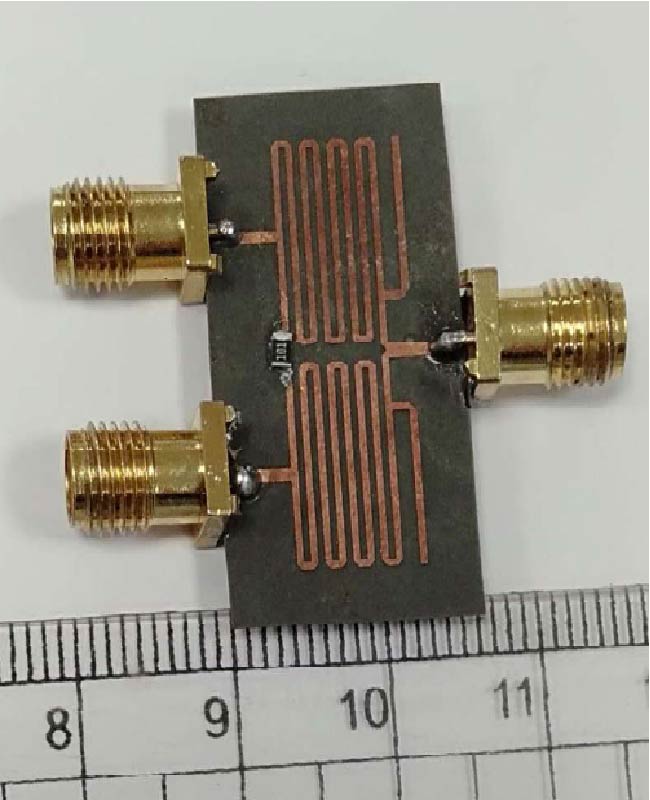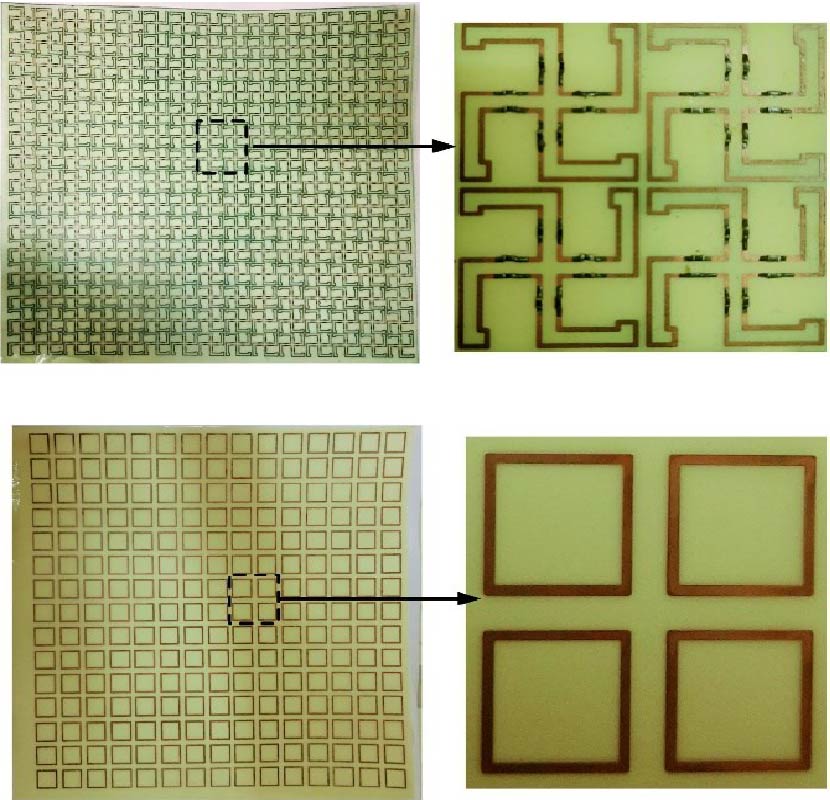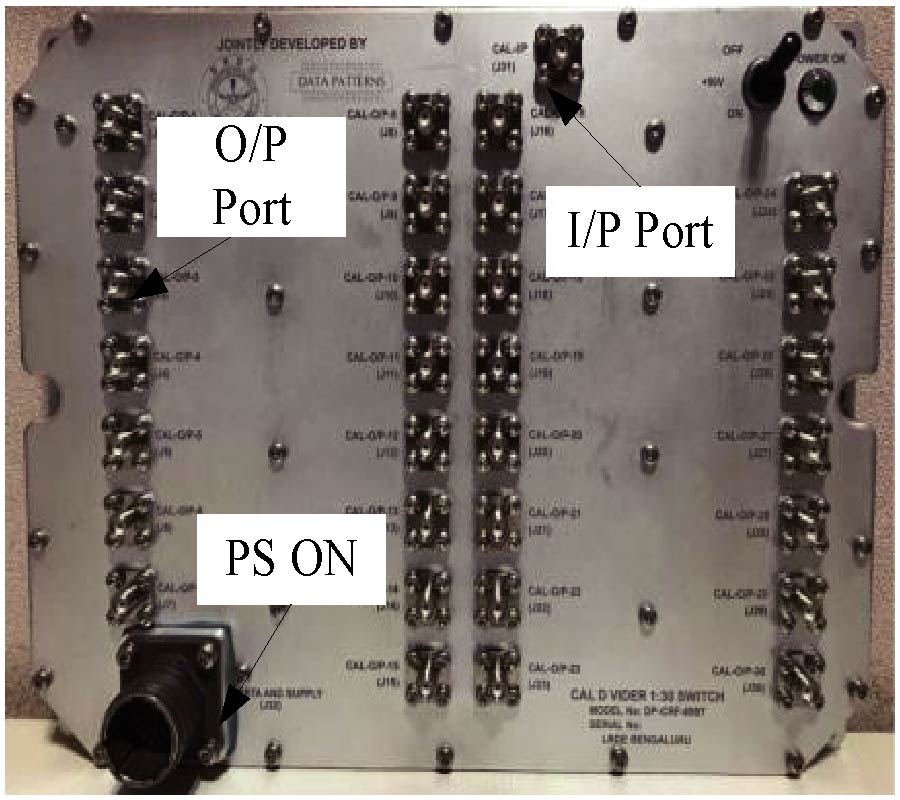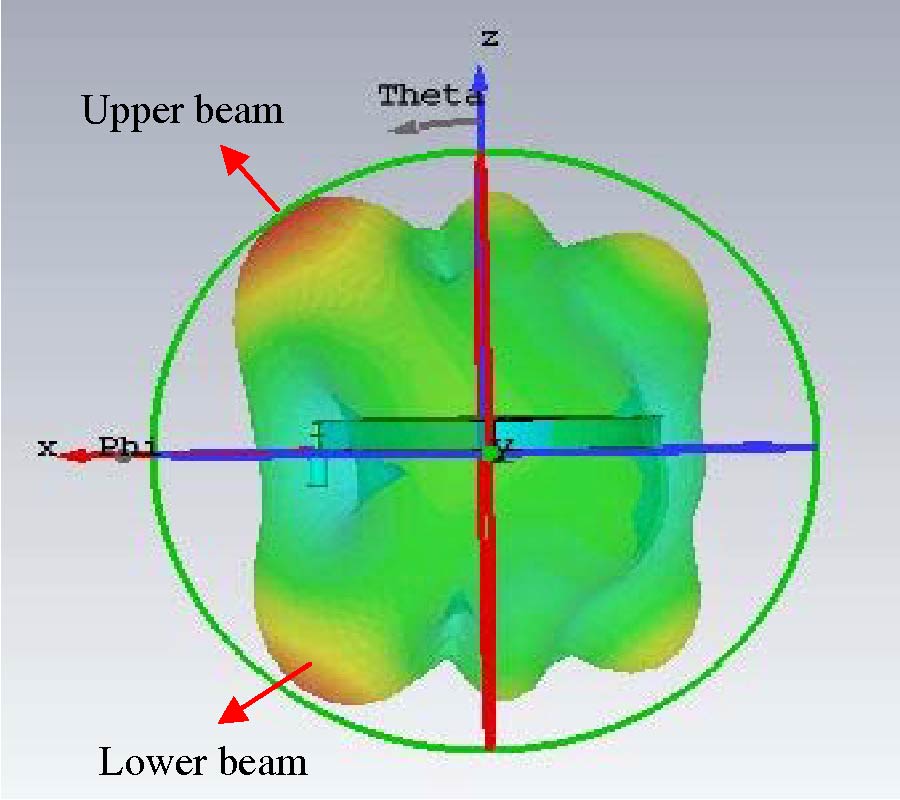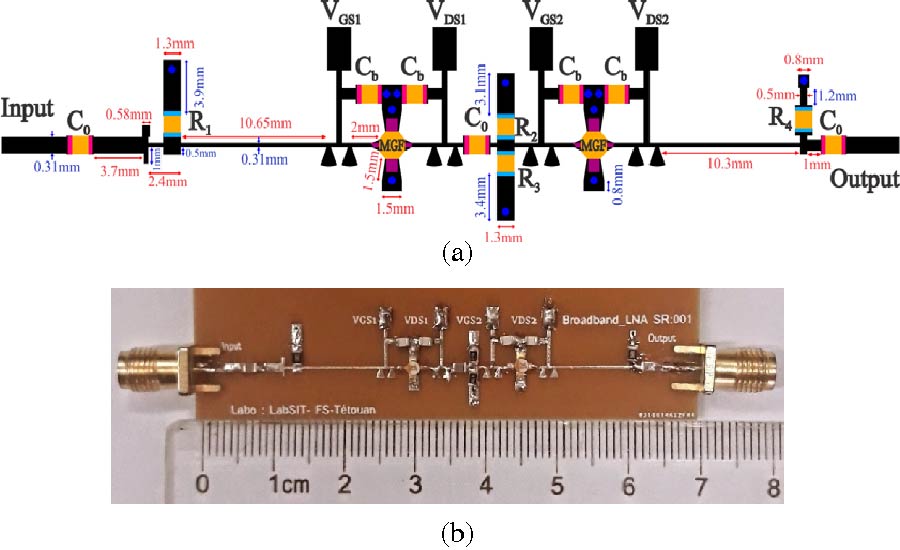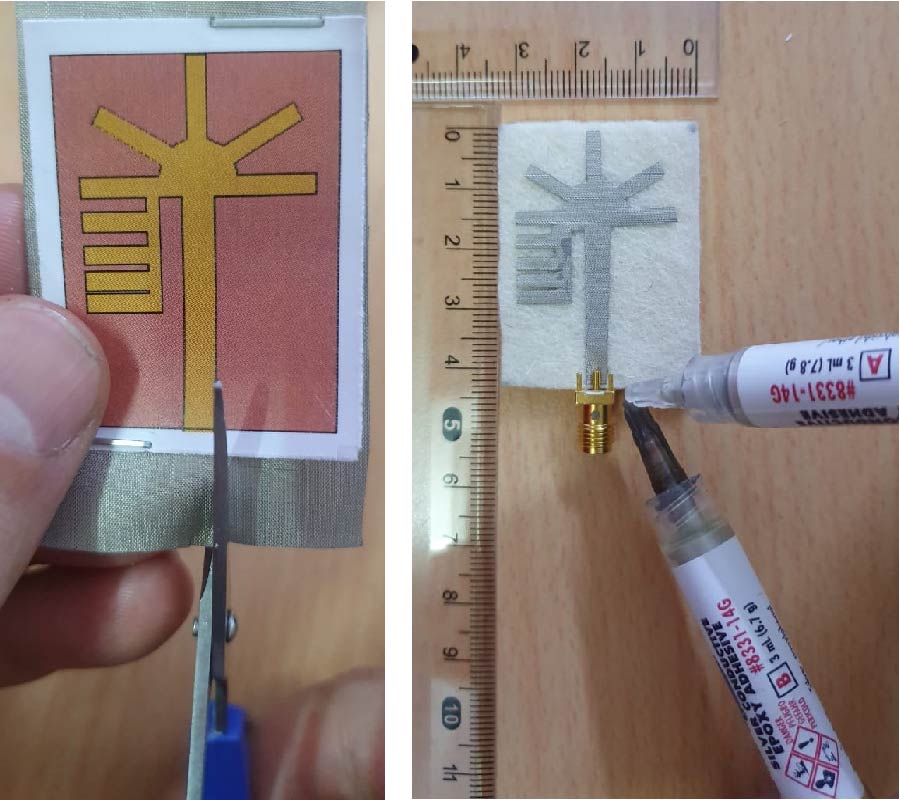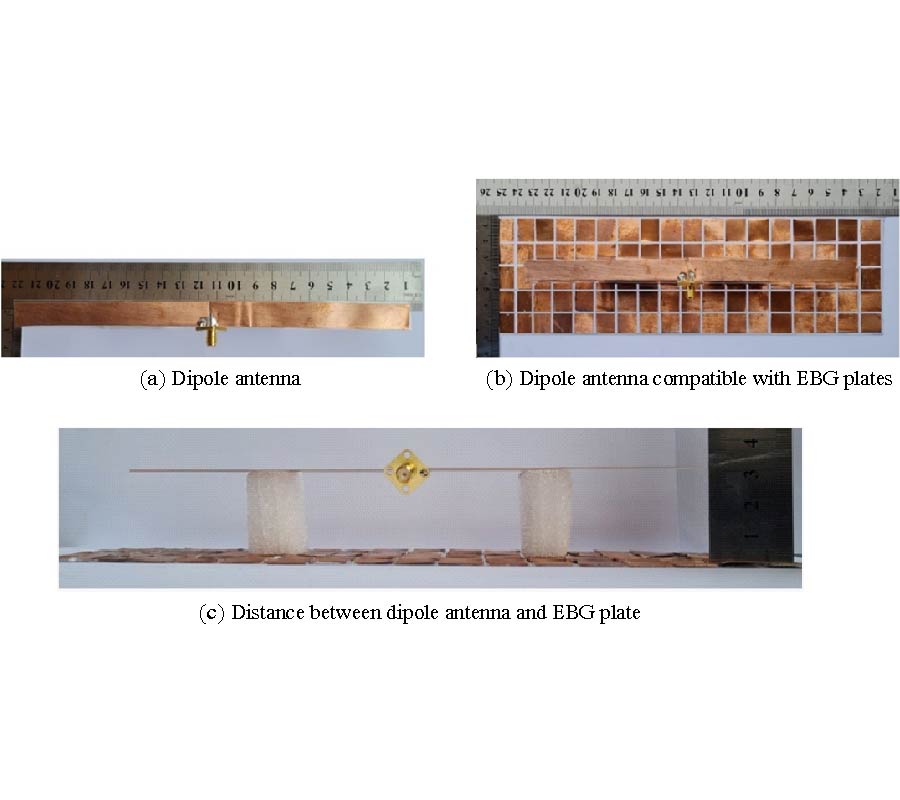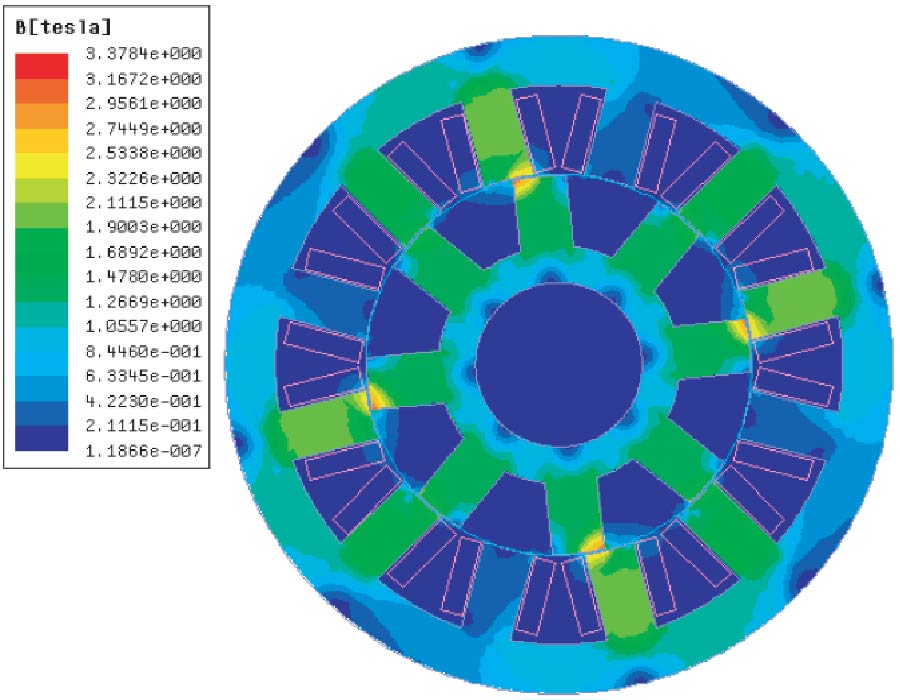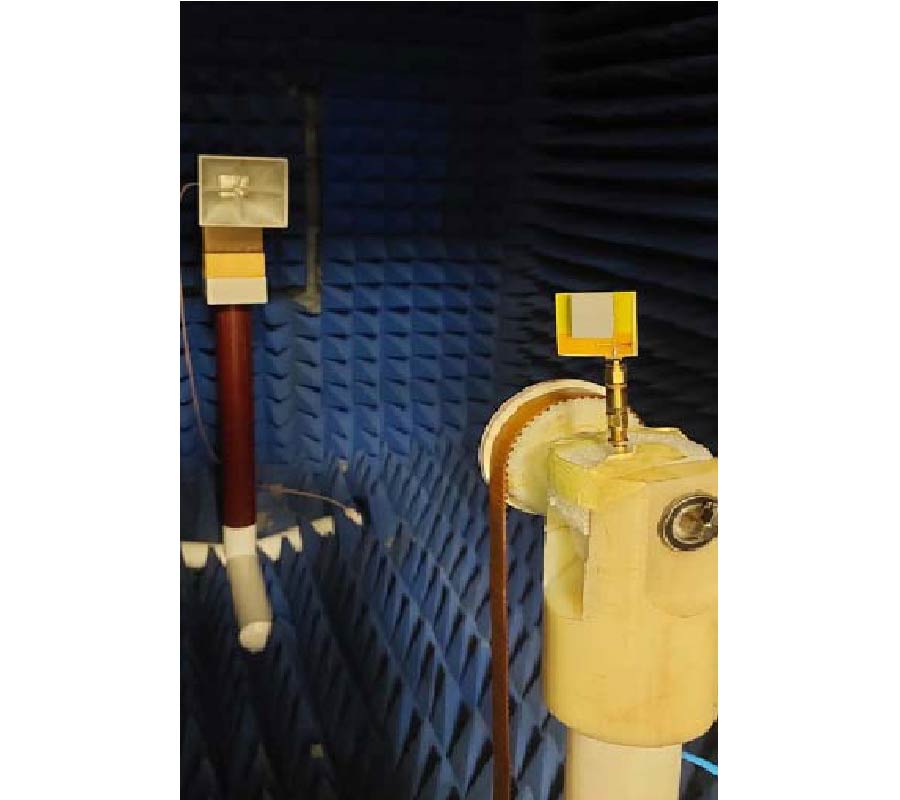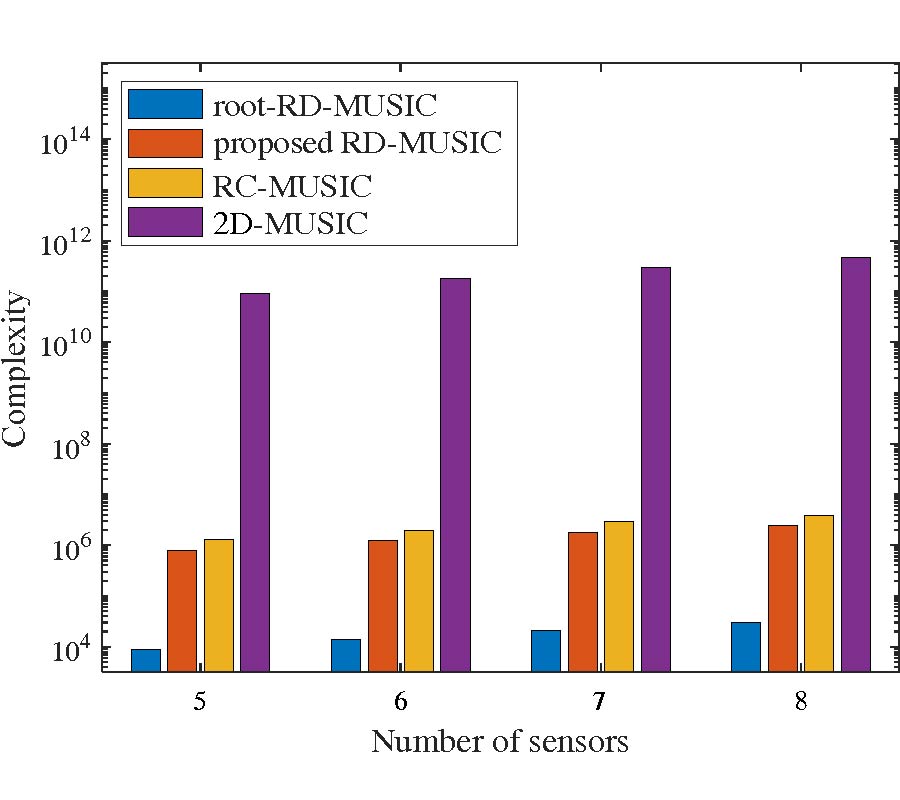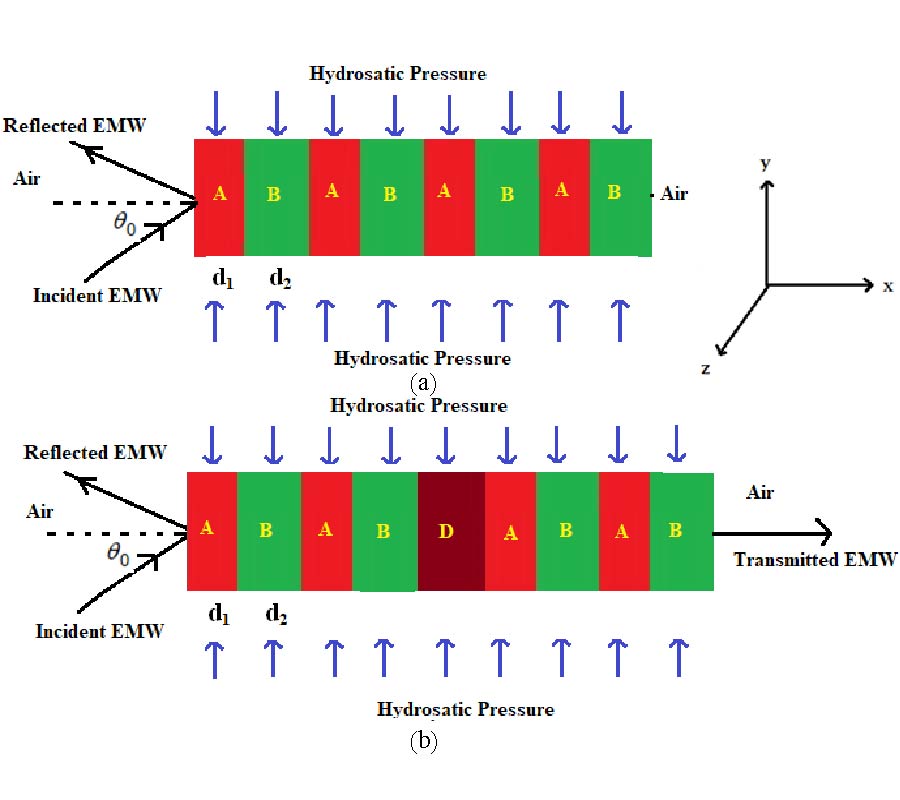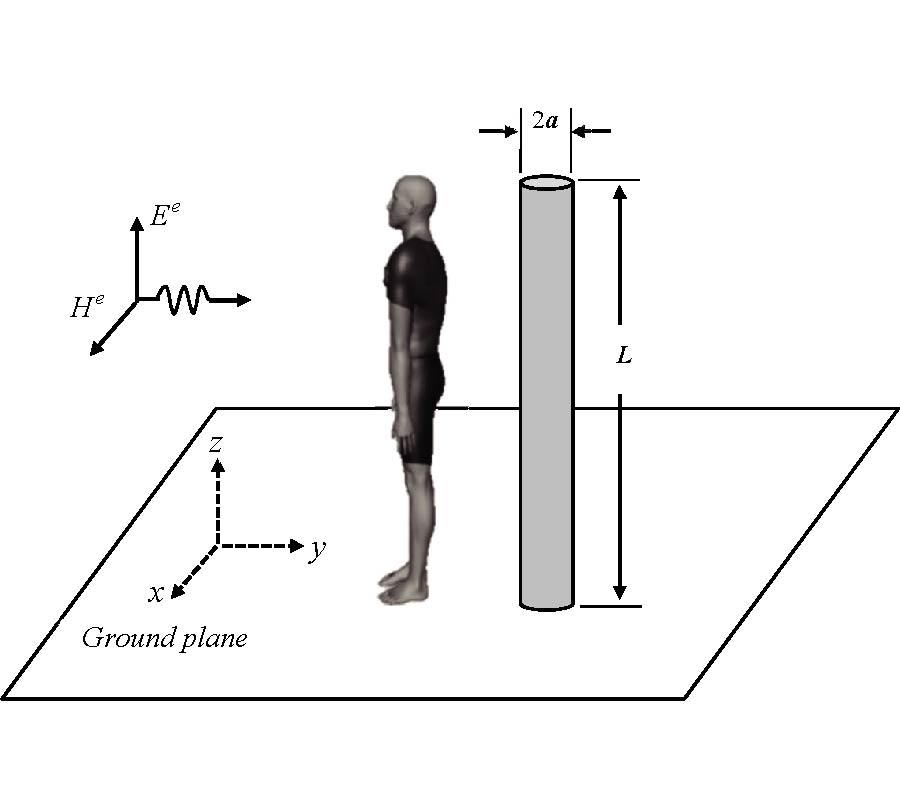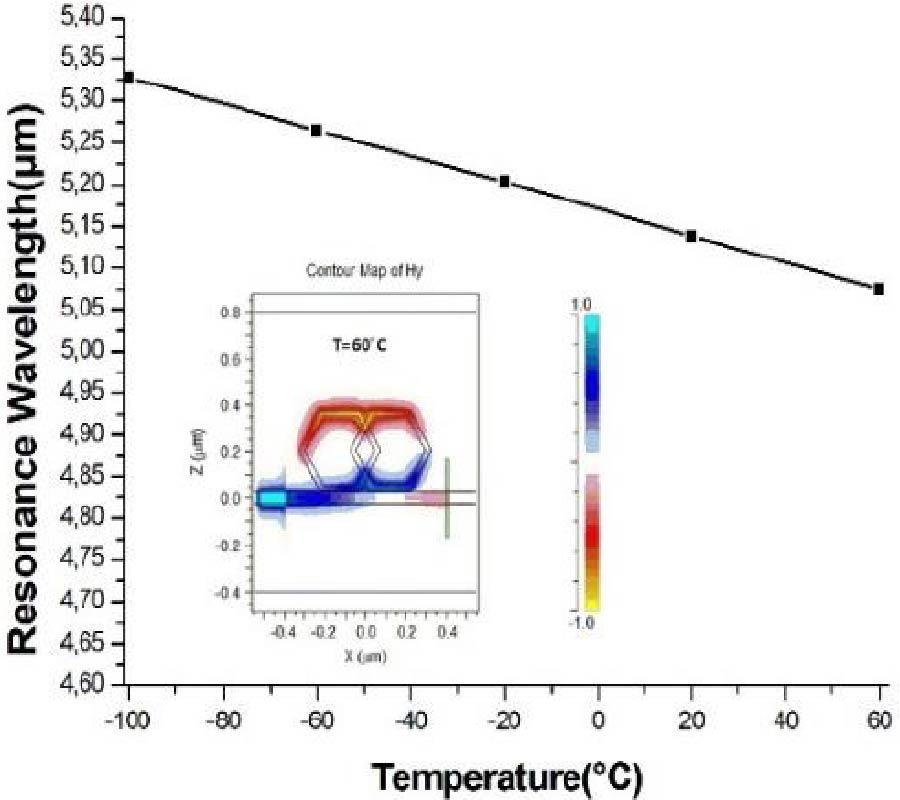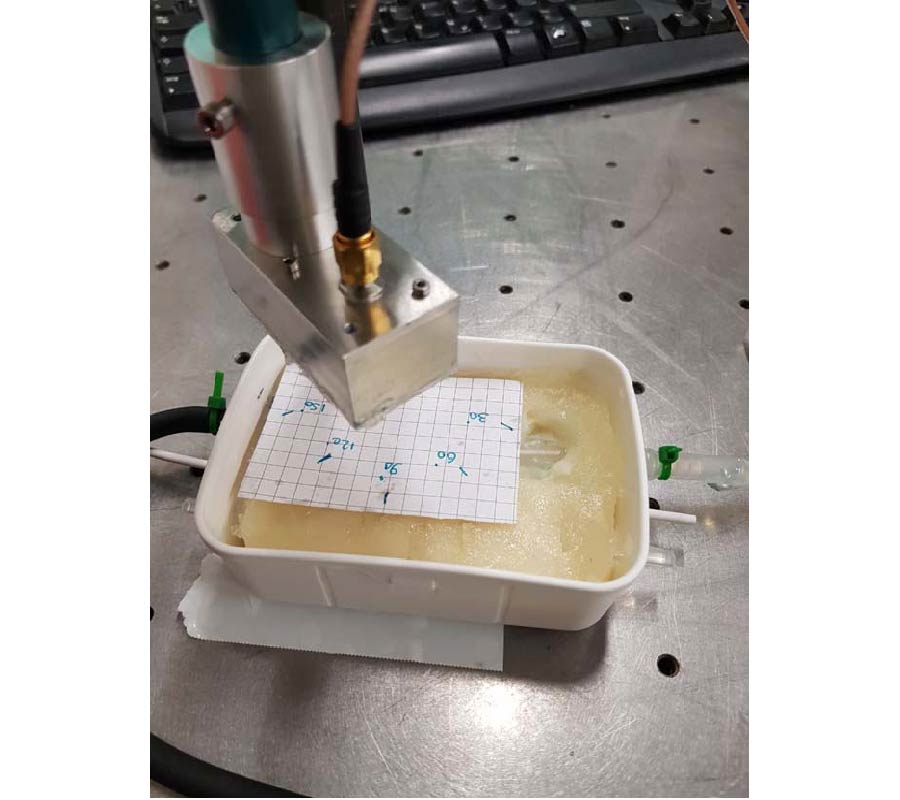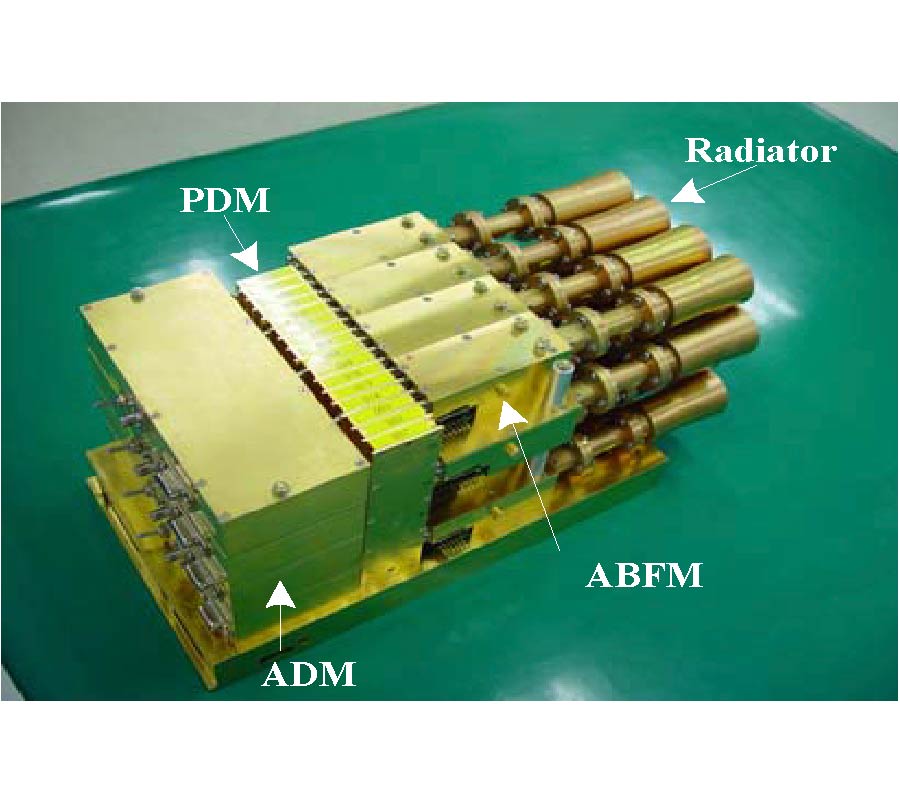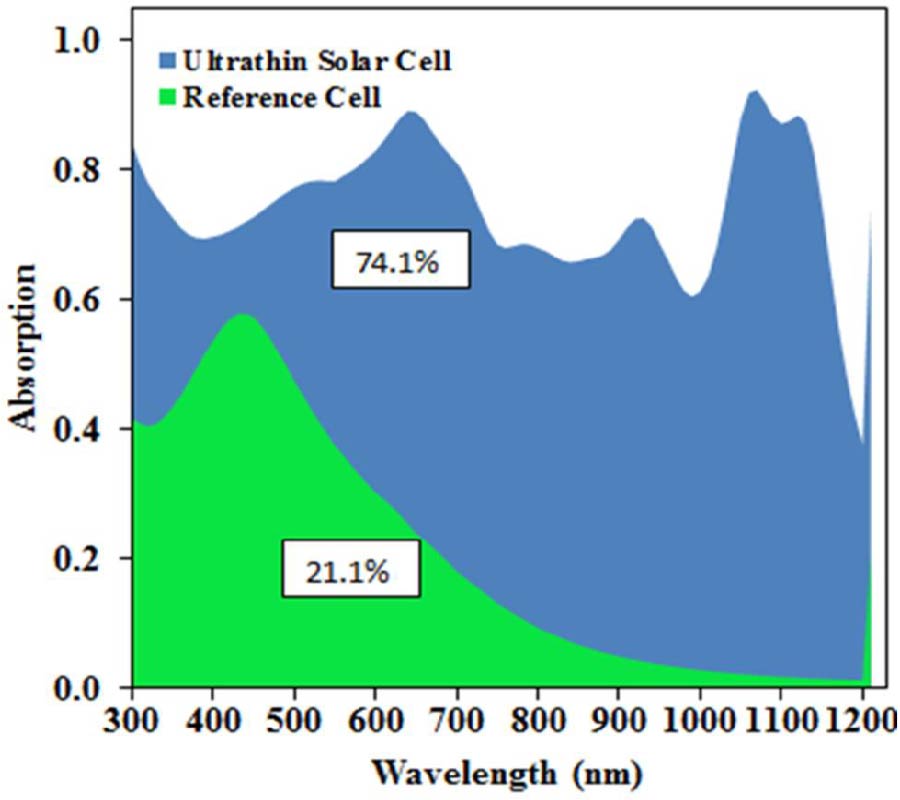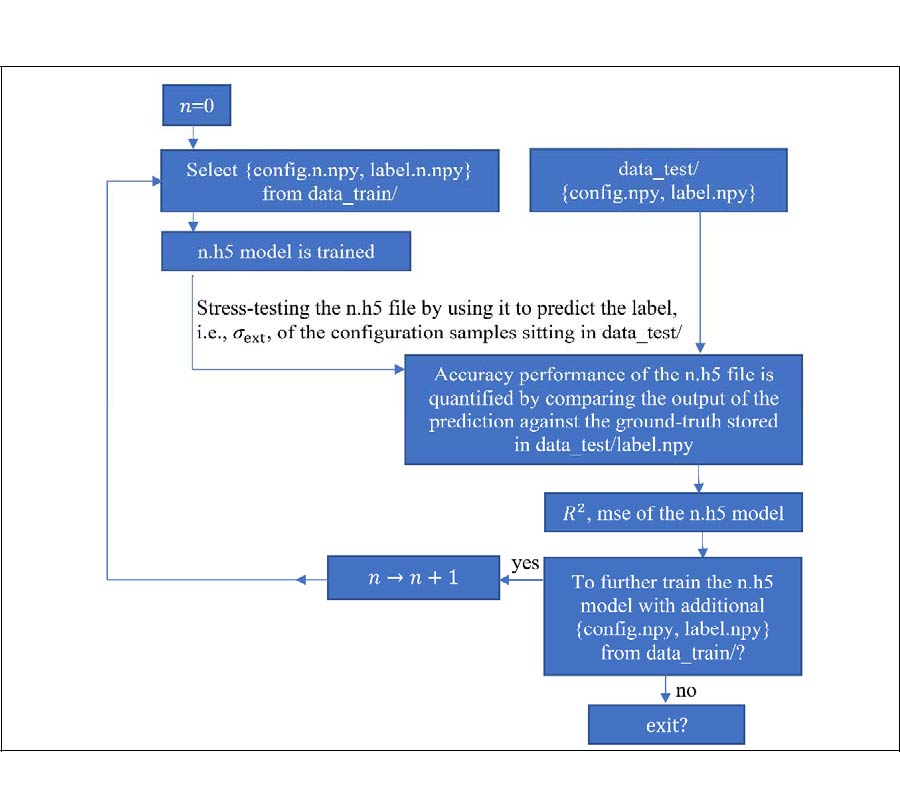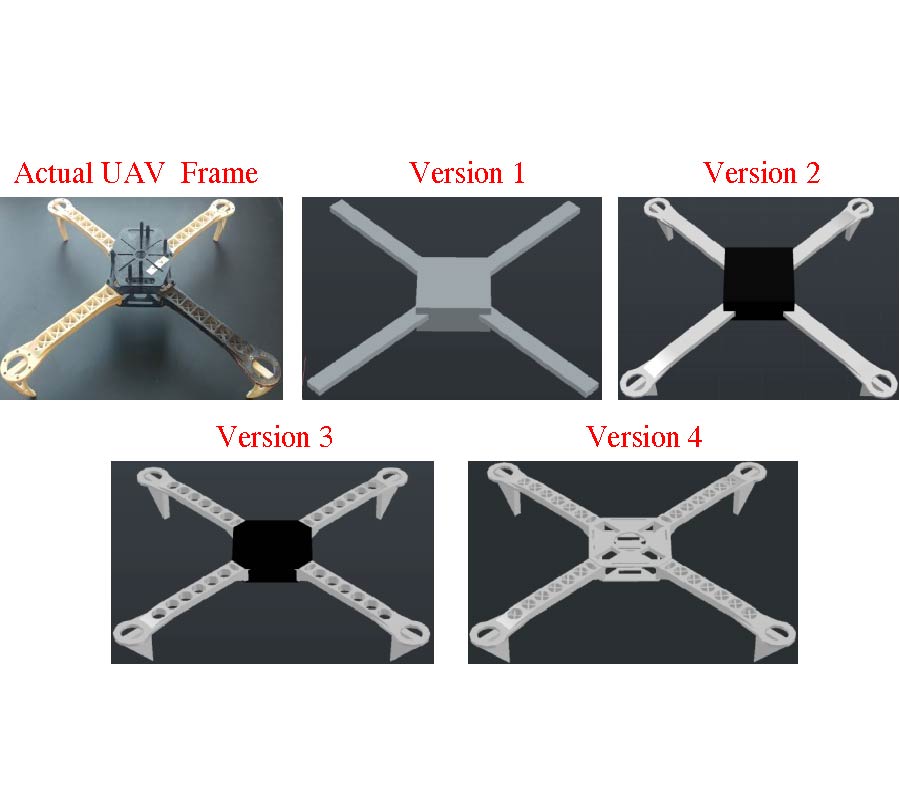Performance of Ultrathin Amorphous Silicon Solar Cells: an Influence of Plasmonic Effect
Sigamani Saravanan and
Raghvendra Sarvjeet Dubey
Compared to crystalline silicon solar cells, thin-film solar cells are inexpensive, but a weak absorption of sunlight at a longer wavelength is a significant issue. In this perspective, an efficient light trapping mechanism is needed to facilitate the light-guiding in enhancing light absorption. This paper presents a theoretical investigation of ultrathin amorphous silicon (a-Si) solar cells using the rigorous coupled-wave analysis (RCWA) method. We noticed broadband light absorption of the designed solar cell due to an efficient light trapping geometry. Our proposed design is composed of anti-reflection coating (ITO), an absorbing layer (a-Si), a back reflector (Ag-substrate), top-indium tin oxide (ITO), and bottom-silver (Ag) nanogratings. Using an Ag-back reflector with diffraction gratings demonstrated the improved diffraction and scattering of light, which enhanced light absorption within a 50 nm thick absorbing layer. Compared to the reference solar cell, the proposed ultrathin solar cell endorsed the enhanced photovoltaic conversion, i.e., 19% and 23%, corresponding to the transverse electric (TE) and magnetic (TM) polarization conditions. Furthermore, we explore the investigations of light absorption, current density, field distributions, reflection, transmission, and parasitic losses for the optimal design of ultrathin film (a-Si) solar cells.
